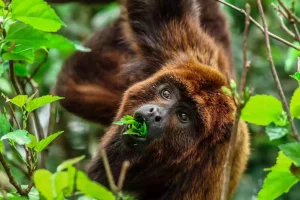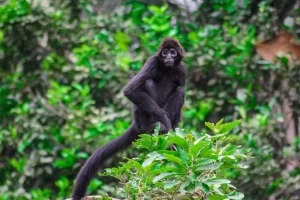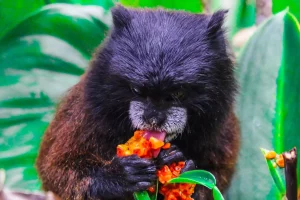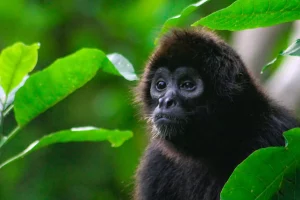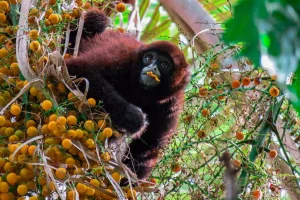Land Protection
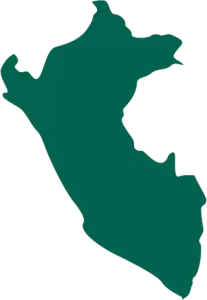
Therefore we complement the creation and management of protected areas with strategies for landscape management.
The species we work with can be found in primary forests, but in many cases are now restricted to areas affected by human activities. Therefore, it is important to conserve all forested areas, even ones which are close to villages and which may not be available for official protection.
Our experience in Northeastern Peru shows that rural farmers understand the dangers of climate changes and ecological destruction; they see that their forests and fauna are disappearing and feel a real need for conservation. In many cases, although they cannot establish officially protected areas, villagers use internal social organizations to control deforestation and hunting practices and achieve incredible results. Many villages report the return of species which were absent from their surrounding forests for decades, returning only a few years after controls were introduced.
In cases where we can help people create protected areas on their lands, we lead them through the process. This includes repeated coordination with local communities and capacity building to ensure management capabilities for a protected area, biological and socioeconomic investigations, elaboration of a detailed proposal and management plan, repeated coordination with authorities, and the payment of fees amongst other things. Once the areas are legally recognized, patrol and protection activities need to take place, as well as complimentary activities and the production of regular plans and reports to the government. This process means that the complexities and expenses of the process often put it out of reach of many farmers in rural Peru.
We have also provided occasional funds for the purchase of forested lands to be incorporated into existing community protected areas, or as stand alone reserves.
In 2009 and 2011, together with American NGO Community Conservation, we organized workshops dedicated to the conservation of endemic primates in Amazonas and San Martin in Northern Peru. The main objective of the workshops was to create a network of contacts between interested individuals and local communities and the institutions that support conservation initiatives.
Since these workshops we have led the creation of eleven locally run protected areas, several of which we continue to help manage together with the communities. We have also been involved in the creation, management, and training activities for many other protected areas. In total these cover almost half a million hectares of forest and protect sixteen primate species including three of Peru’s endemic species: The Critically Endangered yellow-tailed woolly monkey (Lagothrix flavicauda), the Endangered Peruvian night monkey (Aotus miconax), and the Critically Endangered San Martin titi monkey (Callicebus oenanthe).
Community led protected areas
We use threatened primate species, such as the Critically Endangered yellow-tailed woolly monkey (Lagothrix flavicauda), Endangered Peruvian night monkey (Aotus miconax) and Critically Endangered San Martin titi monkey (Plecturocebus oenanthe) as “flagship species” for conservation in the Tropical Andes’ Biodiversity Hotspot.
We work with people from local communities who are interested in protecting natural habitats on their lands and conserving their natural resources. Poverty and disastrous local climate changes have given many people a first-hand appreciation of the urgent need to adjust to a more sustainable way of life, which makes them natural leaders in any conservation effort.

